In June of 1969, a group of engineers succeeded in an extremely difficult task - they were able to stop the flow of the Niagara Falls. The Niagara Falls are powerful and loud, so when the team succeeded in their task, a deafening silence came from one of the world's most famous attractions.
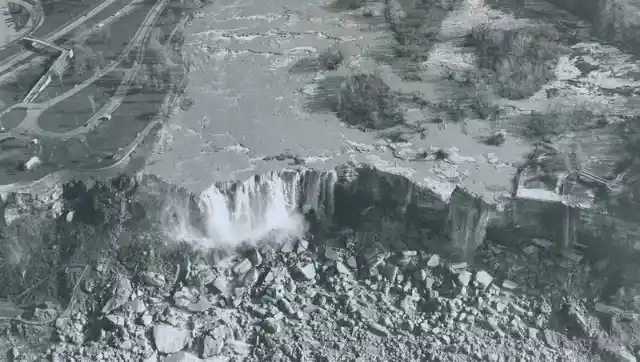
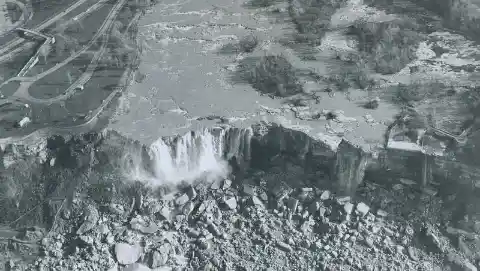
However, as the water dried up from the floor of the Falls, something that took place for the first time in many thousands of years, the floor of the Falls revealed a secret that had been lying there for a long time. The engineer's find was a horrific one.
The Niagara Falls attract millions of people every year to watch their magnificent natural event. For many of those who visit, the Falls remind them of how awesome Mother Nature is and how her power is not to be underestimated.
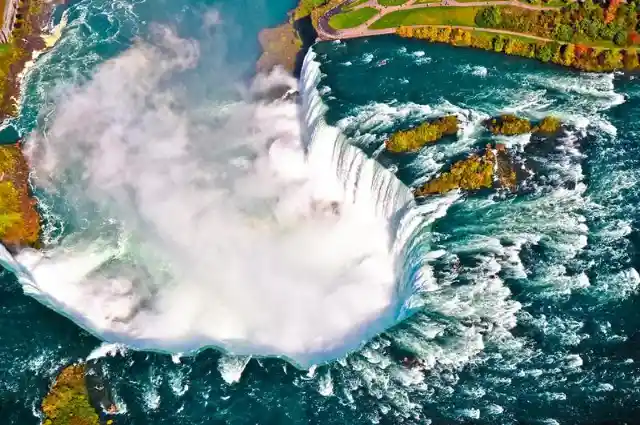
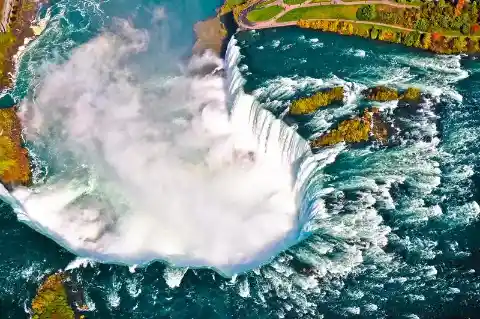
However, over 50 years ago, the Falls were silenced as engineers worked to investigate what took place under it all.
It was then that man took control over Mother Nature and managed to stop the flow of the Falls in a massive engineering achievement. People from all over came to see the famous Falls recede like never before.


However, what did the engineers find after the Falls were stopped? They found something more sinister than they ever expected hiding beneath the powerful water.
The tale of the Niagara Falls started approximately 18,000 years ago, when giant ice sheets created the various elevations in what we know today to be North America.
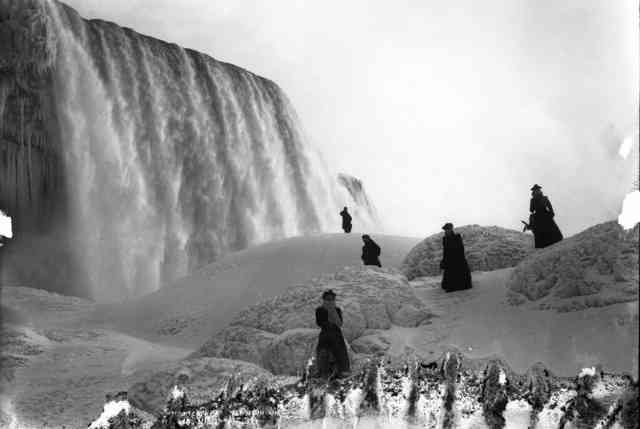
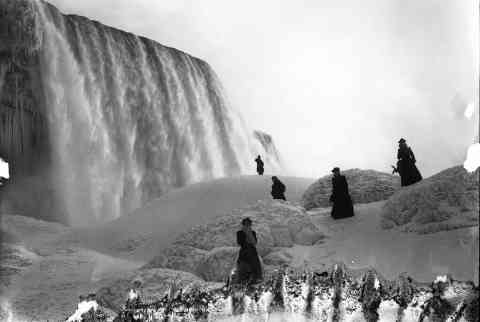
When the ice melted years later, the water from the ice sheet would be the powerful flow that would become the Niagara River. Over the course of time, the water eroded cliffs that surrounded the area, making the shape and wondrous spectacle that is the Niagara Falls.
Today, the Falls are right on the border between Canada and the United States and is known as one of the most famous landmarks in the world. However, we do not know just how long we humans have known about it.
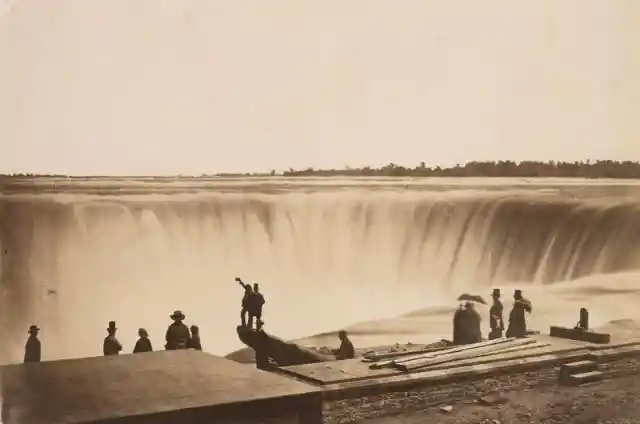
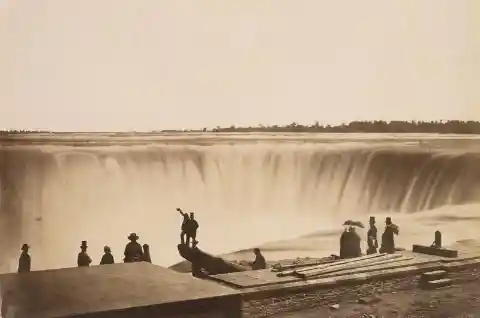
There is no official record of the first time it was seem, but it is very likely that the areas indigenous people were the first to view the Falls in all of its natural wonder.
In the meantime, despite the fact that the French explorer Samuel de Champlain initially heard tales of these incredible falls back in the early 17th century, it was not until 1678 that the Falls were first officially recorded by European explorers.
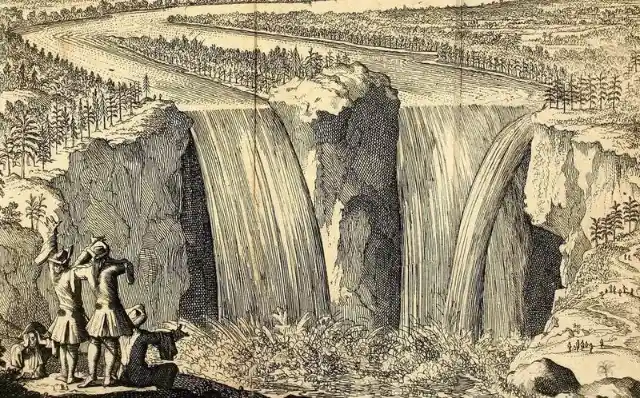
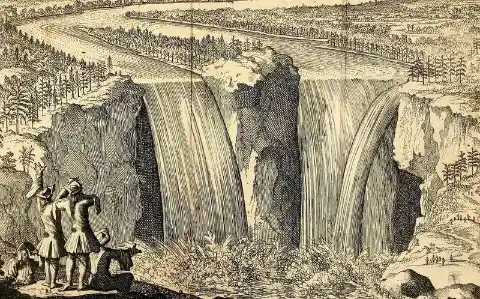
It was that year that Father Louis Hennepin saw the Falls for himself around the area that was then named New France.
Five years after seeing the Falls for himself, Hennepin wrote and published A New Discovery, where he wrote about this amazing find. It was there that the name 'Niagara' was seen for the first time.
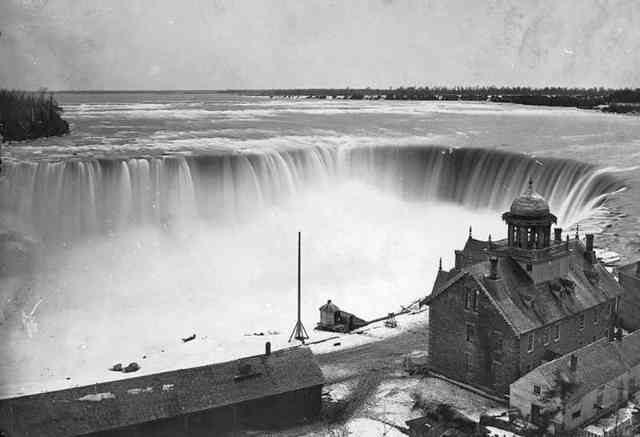
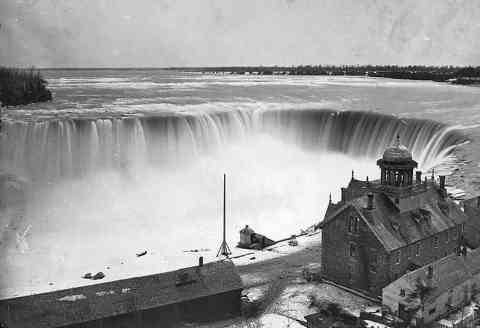
It was said that the word comes from the Iroquoian word "onguiaahra", which means "the strait." Now that more people knew about the Falls, there were more and more people coming to see what Hennepin was so amazed by.
In the 1800s, the Niagara Falls started to evolve into a tourist attraction. It was due to this influx in tourists that the Falls started to produce a series of amenities for those visiting, many of which were couples who were there on their honeymoon.
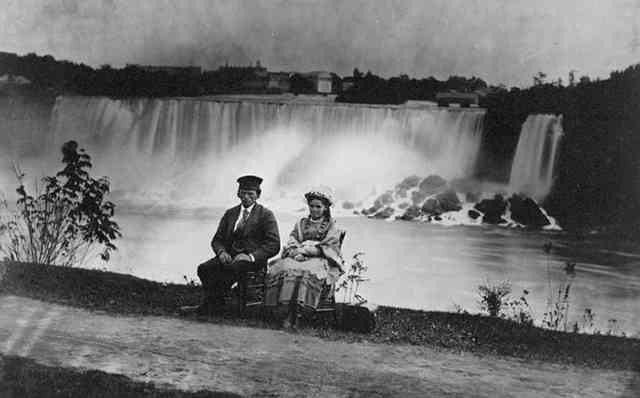
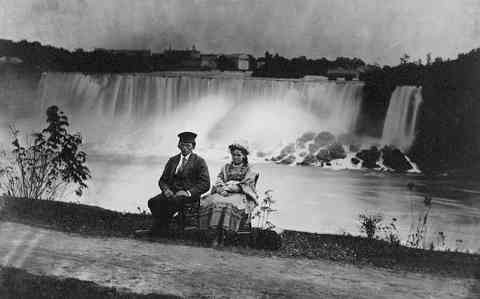
However, it was not just local hotel owners that saw the potential of the Falls. The Niagara Falls were going to be much more than anyone thought possible.
Towards the end of the 19th century, businessmen and industrialists discovered that the water coming over the Falls was more valuable than originally thought. By managing the power of the water, they could generate power for their mills and factories.
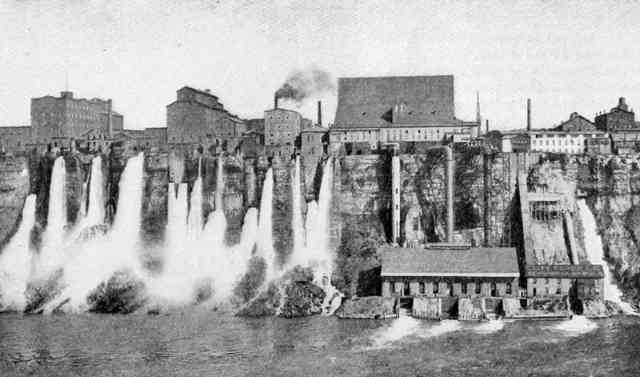
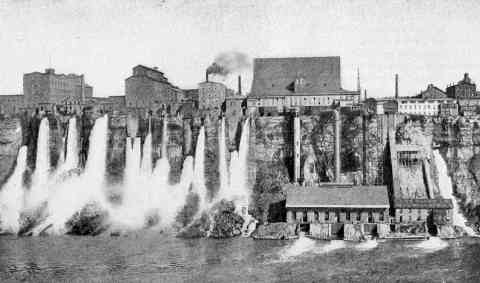
Therefore, in 1895, a hydroelectric generating station was built. This was the beginning of major development in the area of the Falls and harnessing its power for industry.
As much as the station was indeed an innovation for its time, it only had the power to carry the electricity around 300 feet, which was nowhere near enough. Luckily, in 1896, inventor Nikolas Tesla figured out how to take the power and bring to the place it needed to go.
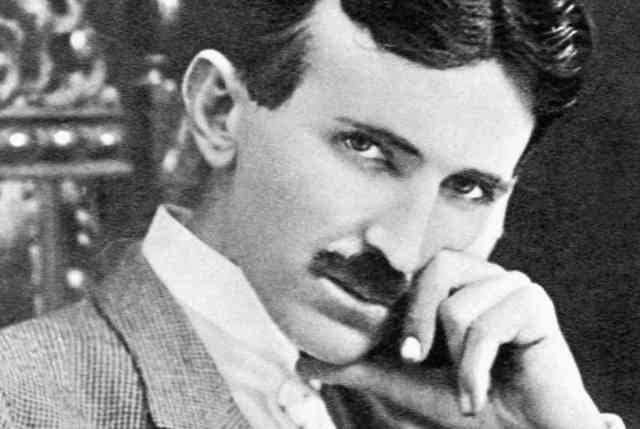
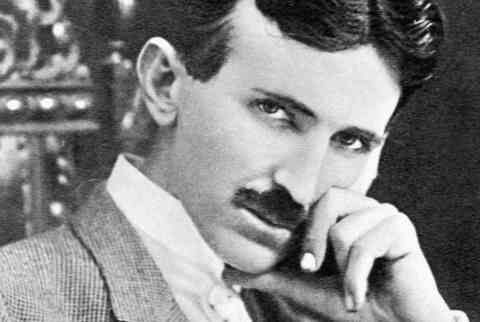
He used his understanding of alternating currents to divert power over 20 miles in distance to the city of Buffalo, New York.